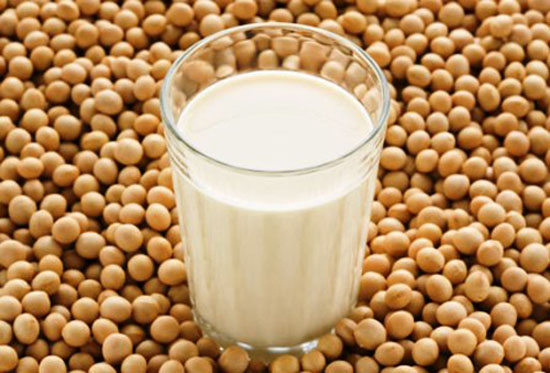Soy protein has been used in a variety of foods including salad dressings, soups, vegetarian foods and meat imitations as ingredients for the functional properties. Its functional properties are texturizing and emulsification. Lately the popularity of soy protein is rising, largely due to its health benefits. It has been shown that soy protein can help to avoid heart problems and health claims are allowed by several states for food, which are rich in soy protein.
Groups of soy proteins
 Soy proteins can be divided into different categories according to their creation approach:
Soy proteins can be divided into different categories according to their creation approach:
Soy protein isolate is the most refined kind of soy protein and is mainly utilized in meat products to improve eating and texture quality. Soy protein isolate comprises about 90 percent protein.
Soy protein concentrate is basically soybean with no water soluble carbohydrates.
By giving it some feel, textured soy protein, frequently called TSP, is made from soy protein concentrate. TSP is available as dry flakes or chunks. When hydrated, it will keep its structure. Textured soy protein balls that are hydrated possess a texture similar to ground beef. It can be used as a meat replacement or could be added to meat. Textured soy protein contains about 70 percent protein.
Adding tofu to your own stir-fry, soy milk to your own morning bowl of oatmeal, or edamame as a bite can be a great move if you’re working on improving your cholesterol level.
Some studies indicate that soy protein may help, says cardiologist James Beckerman, MD, of Portland, OR. However, the evidence is not effective, so you’ll definitely need to make other changes to your diet also.
When you are looking to take good advantage of everything you can do to help your cholesterol, it is worth contemplating changing to soy protein diet.
Soy is also a good source of protein, fiber, and heart-healthy omega-3s (though not the same kind which you get in salmon or tuna).